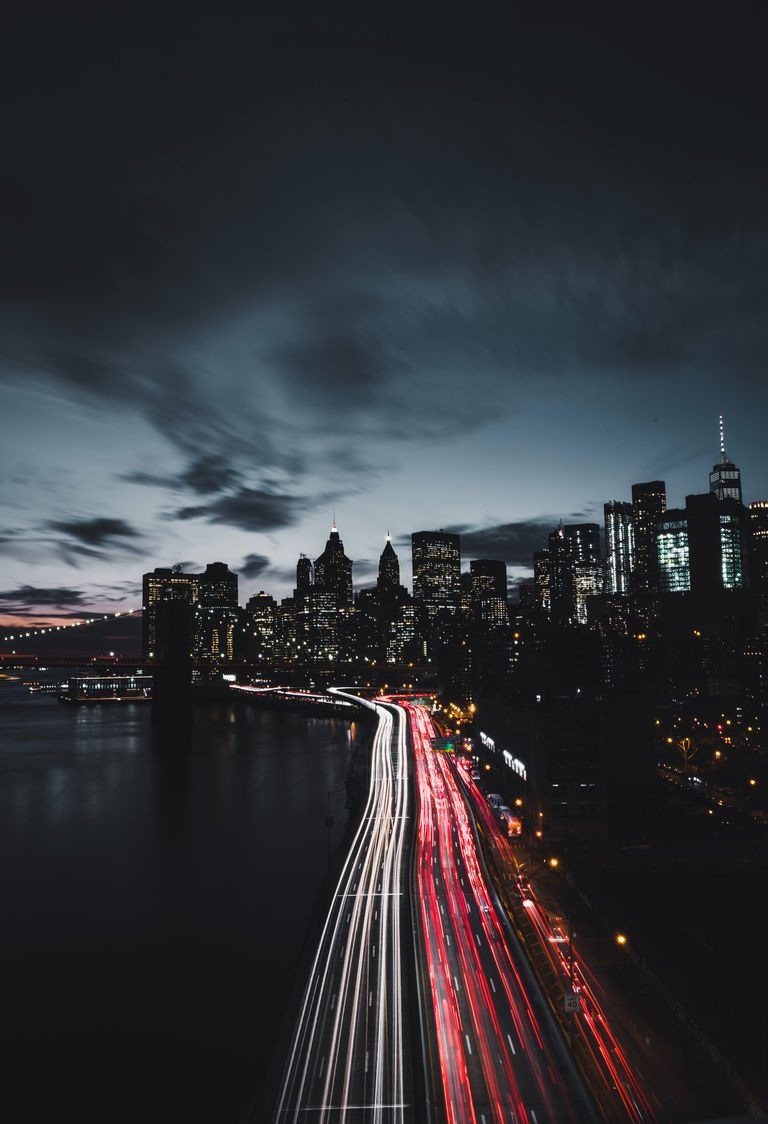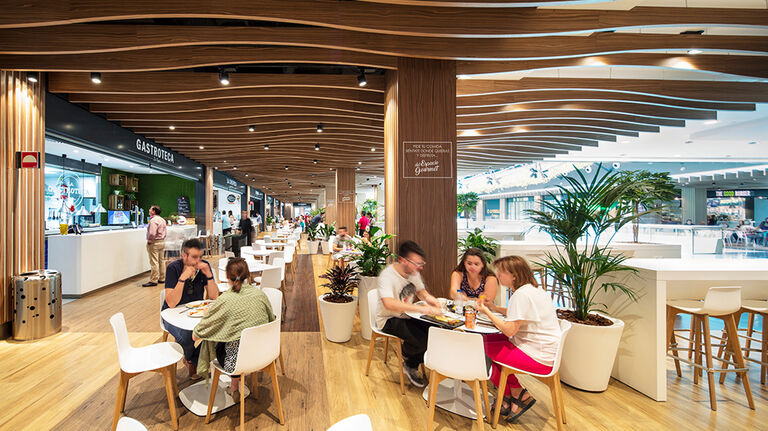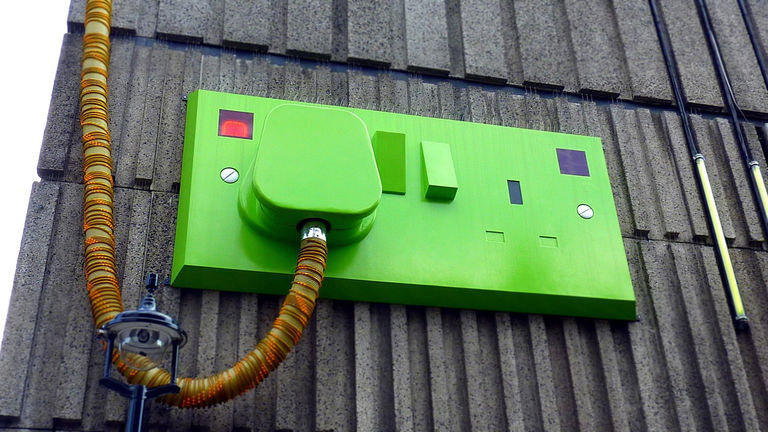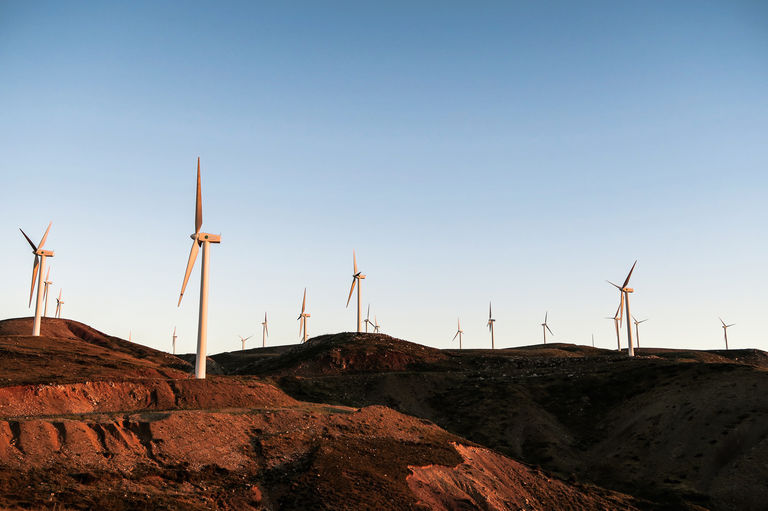Here Jorge Ponce Dawson, Broadway Malyan Director and Madrid Studio Head, speculates on what the next two decades could hold for the sector.
Retail and cities were born simultaneously about 10,000 years ago as settled urban areas rapidly became the ideal scenario for accumulating goods and bartering.
Denser cities fostered economic growth and technological development and retail gradually evolved from ancient markets and bazaars to sophisticated glazed galleries and department stores. As private cars made outer city areas more accessible, big stores and malls gradually moved out of downtown and slowly but steadily retail became a key urban element.
In a time when cities are eclipsing nations, current expectations state that before 2025 the 600 biggest cities of the planet will generate 60 per cent of the global gross product. With the new ‘knowledge economy’ based on human capital, cities are now the driving force of growth. If we accept that retail and cities are two sides of the same coin and that the future of humanity is inevitably urban, we can easily assume that retail will continue to play a key role in the decades to come.
This scenario has unleashed great competitiveness between the world’s main urban centres, each trying to attract talent by investing in their public realm and infrastructure and striving to excel as a distinguished world-class city to live and work. This optimization process is both environmental, stimulating the creation of green areas, and technological, under the banner of Smart Cities.




